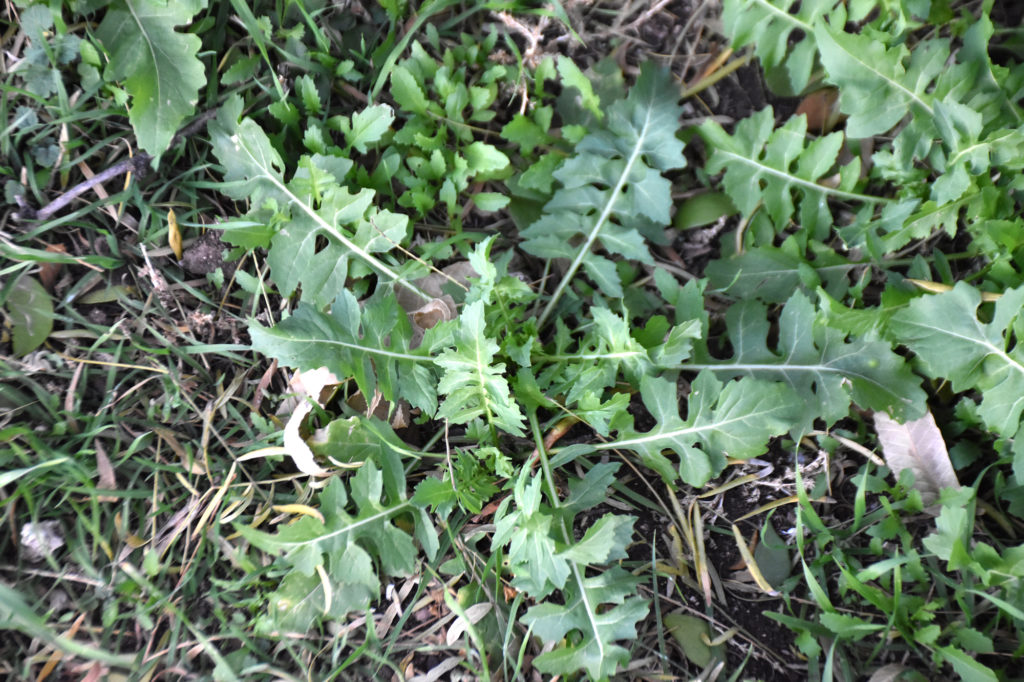Writer: Kay Ledbetter, 806-677-5608, skledbetter@ag.tamu.edu
Contacts: Dr. Barron Rector, 979-845-2755, b-rector@tamu.edu
Pete Flores, 361-362-9201, Pete.Flores@ag.tamu.edu

Different varieties of mustard occur throughout Texas as a weed in fields, roadsides, lawns, gardens, waste places and open deserts. (Texas A&M AgriLife photo by Dr. Barron Rector)
COLLEGE STATION – “Troublesome Mustards in Texas” will be the topic of a Feb. 7 natural resources webinar conducted by the Texas A&M AgriLife Extension Service ecosystem science and management unit.
The webinar is part of the Texas Range Webinar Series scheduled the first Thursday of each month from noon to 1 p.m., said Pete Flores, AgriLife Extension webinar coordinator in Corpus Christi.
The mustard family is the sixth largest family of plants in Texas with 46 genera and 123 species, said the program’s presenter Dr. Barron Rector, AgriLife Extension range specialist in College Station.
“Most people know this family of mostly herbs, or rarely shrubs, as food items such as turnips, mustard greens and cabbage,” Rector said, adding it even includes mustards used to make oils like rapeseed or canola oil.
“Many are introduced annuals, such as the bastard cabbage or Rapistrum rugosum,” he said. “This webinar will help you learn to identify plants in this group and understand their value on your land.”
This webinar and others in the series can be accessed at http://naturalresourcewebinars.tamu.edu. For more information on the webinars, contact Flores at Pete.Flores@ag.tamu.edu. For more educational information from the ecosystem science and management unit, go to https://www.facebook.com/TxRange/.



























